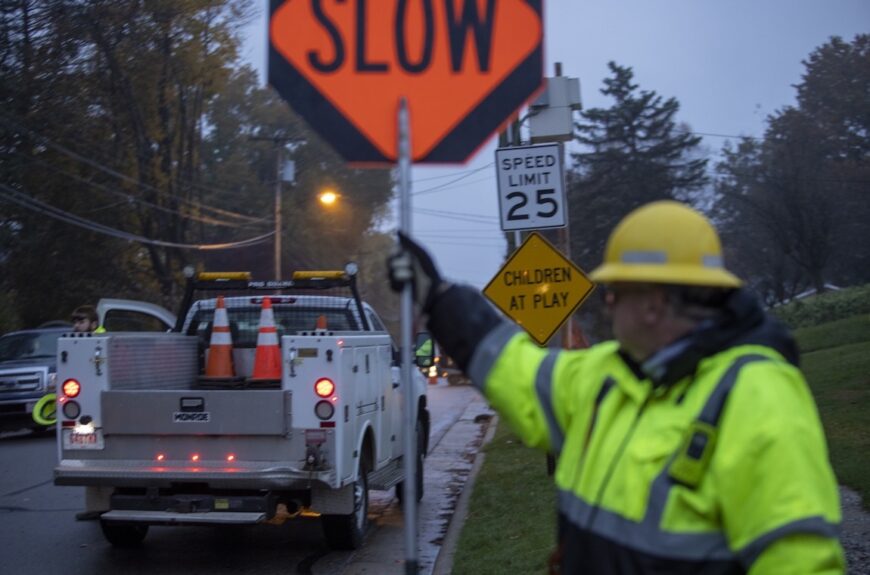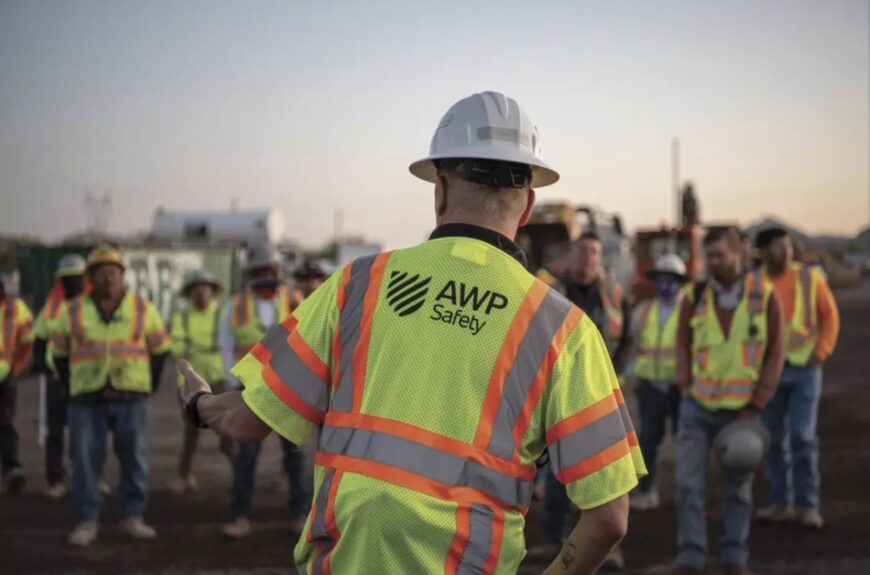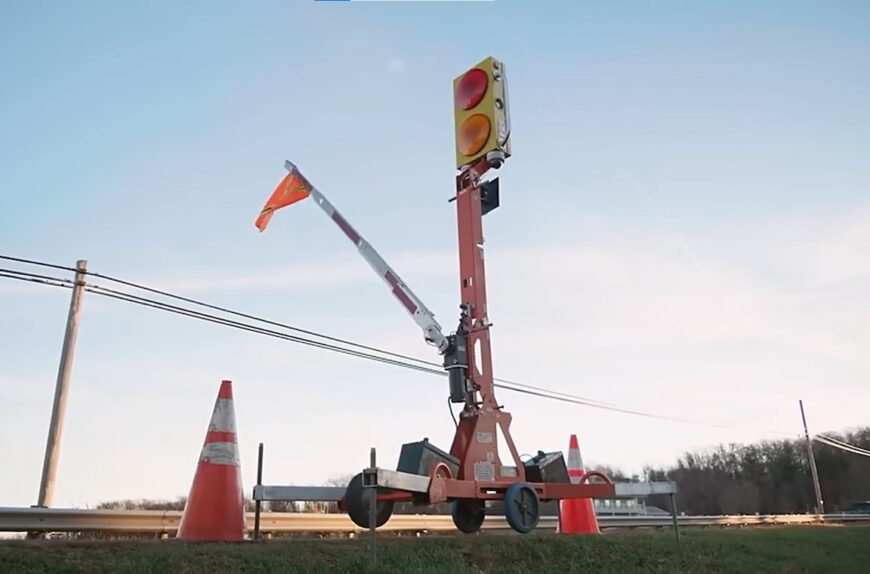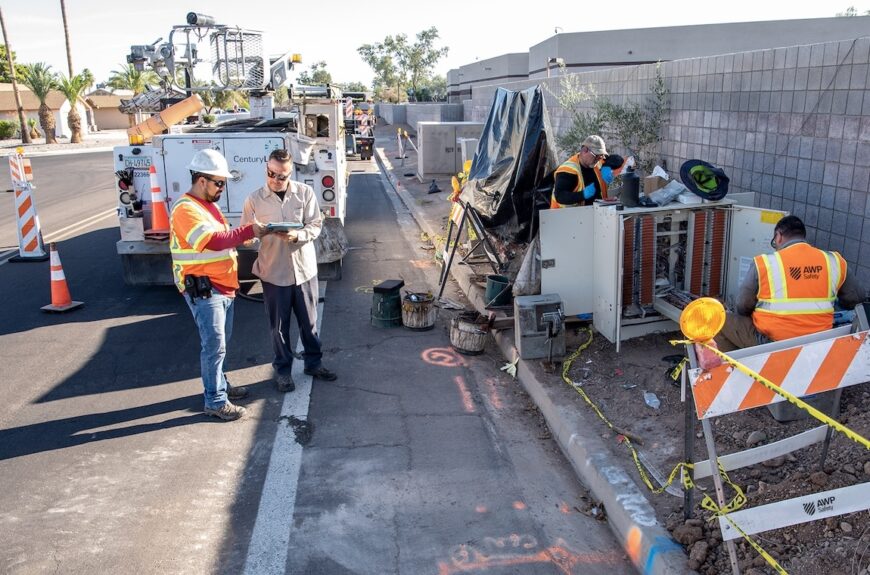
Escape Route Planning Provides Greater Work Zone Safety
In his recent article featured in Texas Contractor, AWP Safety’s VP of Safety, Mark Ludewig, shared the importance of escape route planning and the critical role it plays in work zone safety. Potential danger is omnipresent in active workzones. Having well-established escape routes can sometimes be a matter of life or death.
Preparing our crews with escape routes is always a part of AWP Safety work zone planning. In Mark’s article, he outlines key components to proper escape route planning.
Better Awareness and Preparedness
Crews can better avoid hazards by familiarizing themselves with the layout of the construction site and escape routes; including obstacles, bottlenecks and alternative paths. Workers that establish heightened awareness are empowered for potential split-second decision-making that can prevent accidents and injuries. Being well-prepared also provides crews additional safety benefits including:
- Promoting calmness in a time that would otherwise cause panic
- Minimizing response time by leveraging escape routes that are developed in the workers subconscious through regular drills and practice
- Testing emergency procedures to identify any weaknesses in the plan upfront
- Boosting team coordination by encouraging workers to act as a unified front in emergencies
- Ensuring regulatory compliance to meet any legal, ethical or industry standards
- Establishing a secure escape route, accounting for any unique considerations of the work zone
- Setting up a proper flagging station to minimize risk
Planning and Practicing the Escape Route
AWP Safety defines the escape route as a clear pathway that workers can follow, that is on level ground to avoid tripping and falling and that is free of obstructions commonly including barriers, guardrails, vehicles, equipment, and debris.
Evaluate the job site for hazards and ensure the route is not leading people into another dangerous situation, onto a slope or other uncontrolled roadway for example. Once established, workers should practice the escape route before construction activities begin as well as at the beginning of each shift. Site considerations can, and frequently do, change overnight.
Escape route practice and simulations provide the team opportunities to refine plans and feel more confident should an issue occur.
Following the Cardinal Traffic Control Safety Rules
AWP Safety has a mission to eliminate fatalities and injuries from a vehicle entering a work zone – and to eliminate at-risk behaviors that could result in a vehicle violating a zone. We support this mission by ensuring our Cardinal Traffic Control Safety Rules:
- Performing a thorough site/hazard assessment
- Conducting a pre-job safety briefing where workers discuss known hazards and practice the escape route for that day
- Using visual/audible traffic control PPE including warning signage, protective gear for workers and a storm whistle worn by a protector who remains vigilant at all times to recognize dangerous situations
These rules are the foundation of AWP’s safety policies and procedures and are a good model to all managers of roadside construction activities.
Practice Makes Perfect
Individuals who have repeatedly practiced escape routes are more likely to remain calm and composed when faced with life-threatening situations. Practice builds confidence, which helps our workers trust their instincts, make rational decisions and improve their chances of escaping harm.
Investing time to plan and practice proper escape routes ultimately results in safer work environments, prevents injuries and saves lives. Prioritizing their implementation and rehearsal is crucial for creating a culture of vigilance throughout the organization and on each and every job site.
You can read the full article on Texas Contractor, “Greater Work Zone Safety”.
At AWP Safety, safety is in our name. Learn more about our Commitment to Safety.



